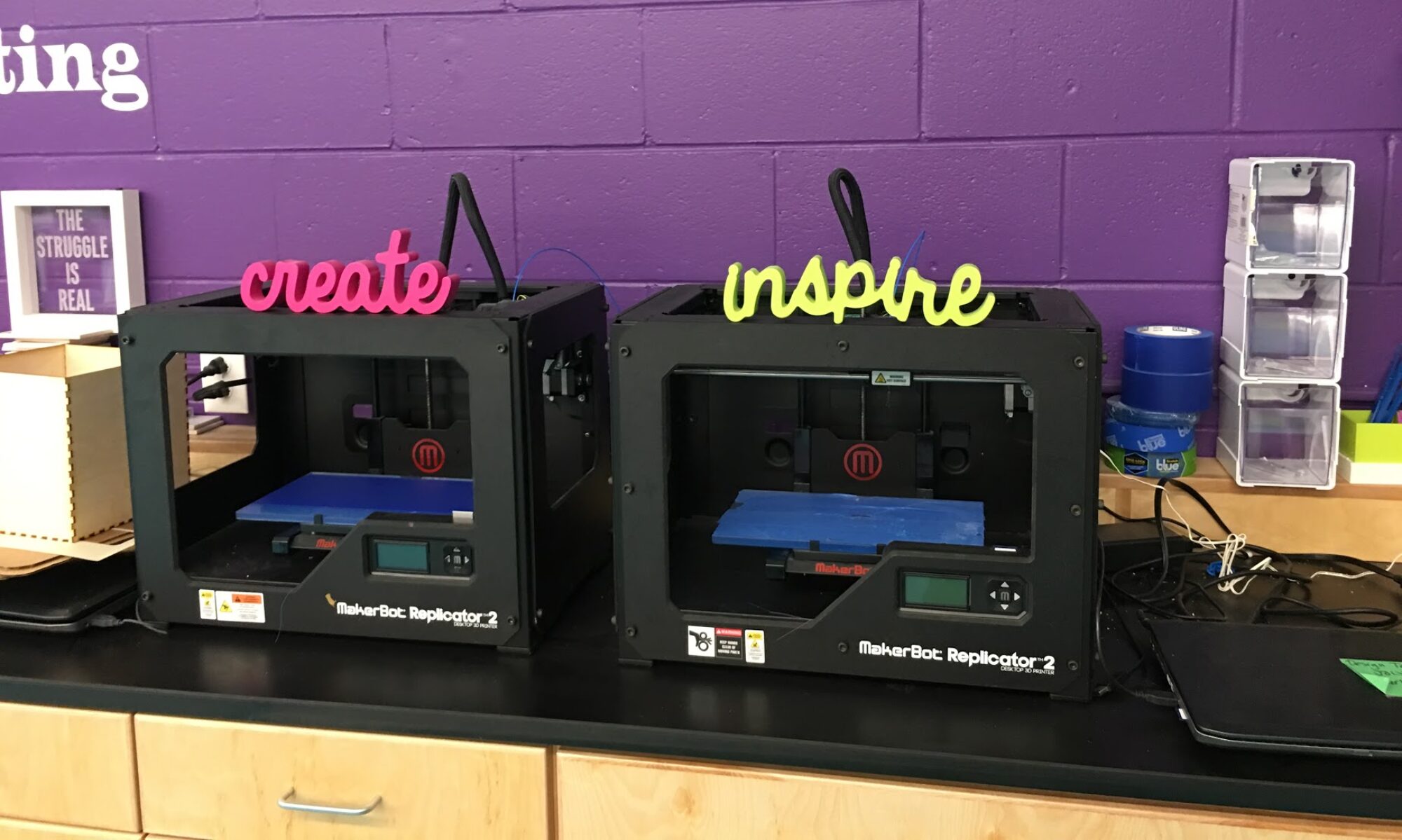The Six Question Framework for reflection
 As the end of June nears and students take their final exams, clear out their lockers, and begin sleeping in until noon, teachers are gathering their remaining energy, and administrators are giving them space, to take stock of the year, celebrate the successes and challenges, and together learn from them.
As the end of June nears and students take their final exams, clear out their lockers, and begin sleeping in until noon, teachers are gathering their remaining energy, and administrators are giving them space, to take stock of the year, celebrate the successes and challenges, and together learn from them.
But what’s the best way to assess technology-rich instruction and the 1:1 environment?
One way to approach a reflective assessment of technology rich instruction and assessment in a 1:1 environment is to use Alan November’s Six Question framework to self assess how technology was used to engage students in learning.
- Did the assignment build capacity for critical thinking on the web?
- Did the assignment develop new lines of inquiry?
- Are there opportunities for students to make their thinking visible?
- Are there opportunities to broaden the perspective of the conversation with authentic audiences from around the world?
- Is there an opportunity for students to create a contribution (purposeful work)?
- Does the assignment demo “best in the world” examples of content and skill?
There’s a lot to unpack there, so let’s take a look at how this can work with a real-life example.
Check out how a harmonious pairing of the Touchcast app and GlobalCOlab work together to answer November’s challenge #4.
A focus on going global
“Are there opportunities to broaden the perspective of the conversation with authentic audiences from around the world?”
In the short Touchcast video I created below, you can learn about this amazing opportunity to connect students with their peers around the globe through science inquiry projects:
Here’s how this pairing works:
In GlobalCOLab, students and teachers co-create the process of learning. Students pitch proposals for their inquiry projects using the Touchcast app for other students around the world to see, shared and sorted by hashtags, and invite their curious peers into a shared collaboration in the projects to peer review and collaboratively test. Brian Jones, a 7th grade science teacher who participates in the collaborative project, explains that peers leave constructive criticism, but he likes to shift this phrase, drop the word ‘criticism’ and simply call it what it is: collaborative construction.
Learn more about GlobalCOlab by watching this short video:

Touchcast has found a place in the classroom in other ways: namely for students to create welcome videos, explore STEM storytelling and deepening dives into augmented reality.
And, to do a deep dive into the how-to of the Touchcast app, I found this tutorial by Timothy Brown to be very helpful to explore all of the functions of this amazing app:

Using November’s Six Question Framework to engage the community
At the Compass School in Westminster, VT, students and community members are invited into a dialogue to reflect and improve upon how learning experiences are structured. This end-of-the-year culminating reflection is framed in such a way as to honor the whole community perspective, understanding that student and parent voices are central to making their school about learning.
We will use November’s Six Questions as a frame for helping us make sense of the successes and challenges of the 1:1 initiative this year. I encourage you, in your opportunities to reflect about your practice, to invite deep conversation in a similar, shared way.


Comments are closed.